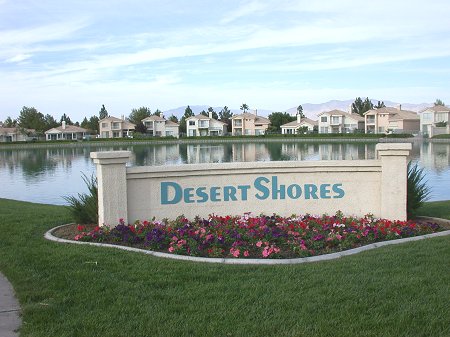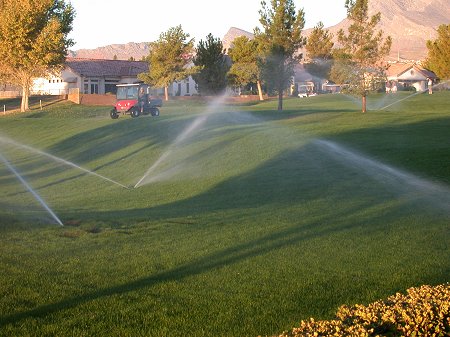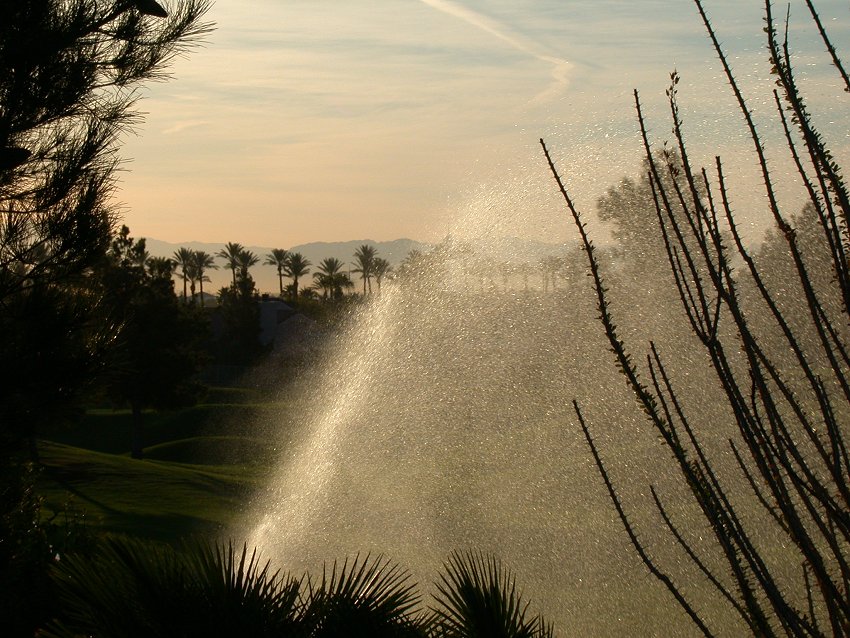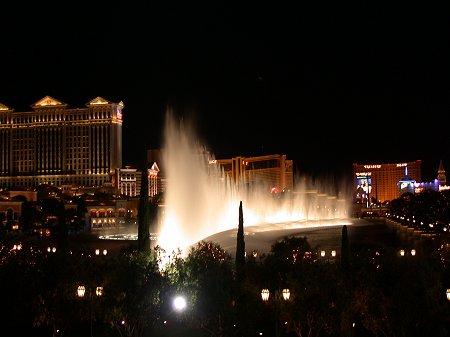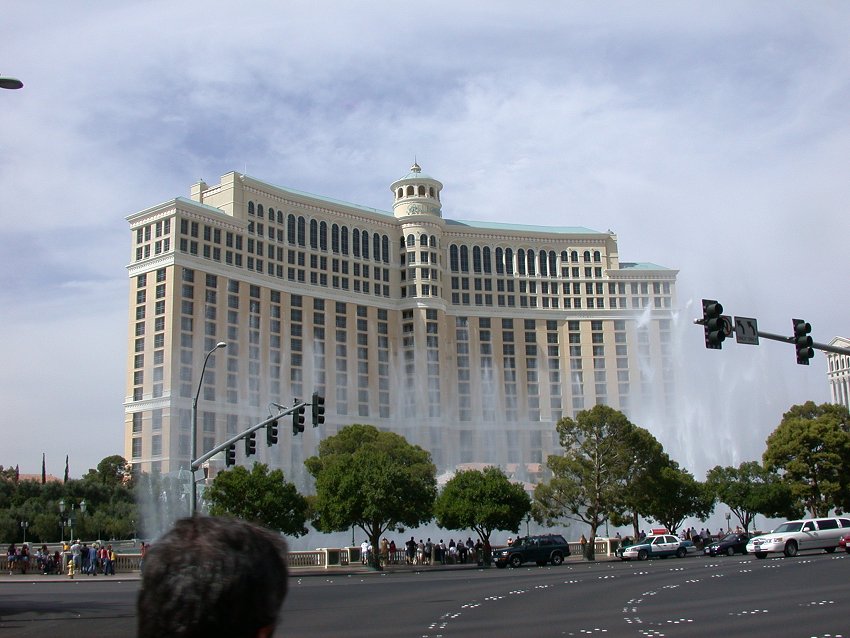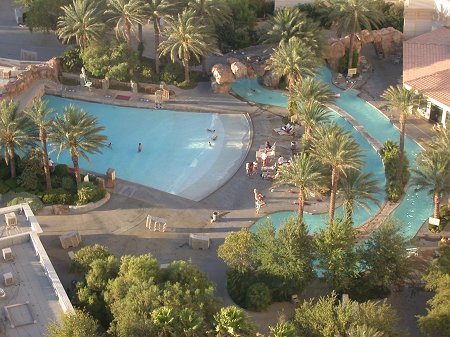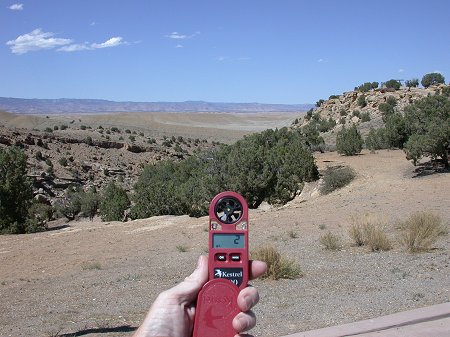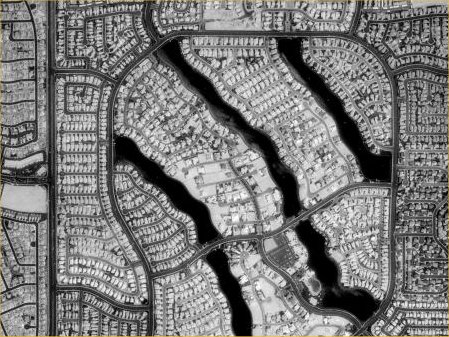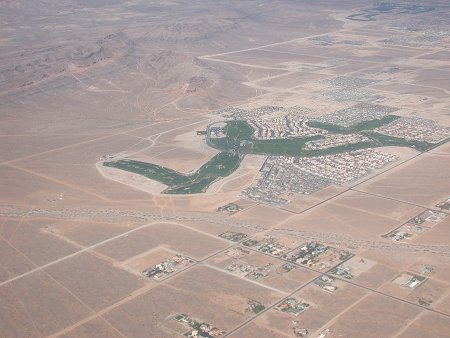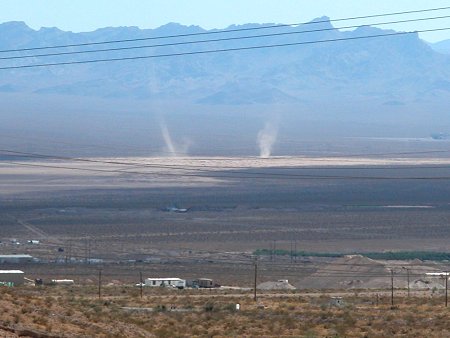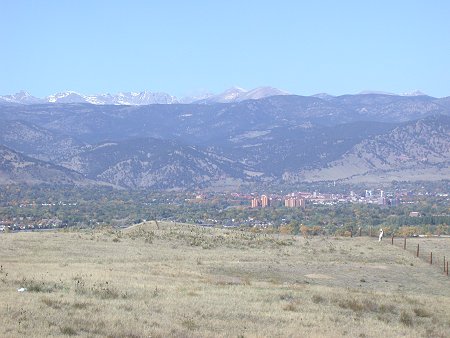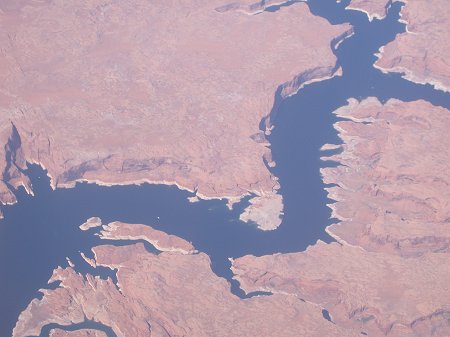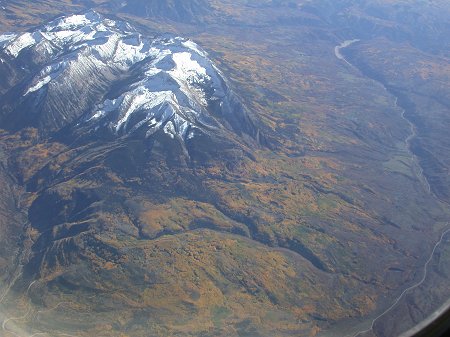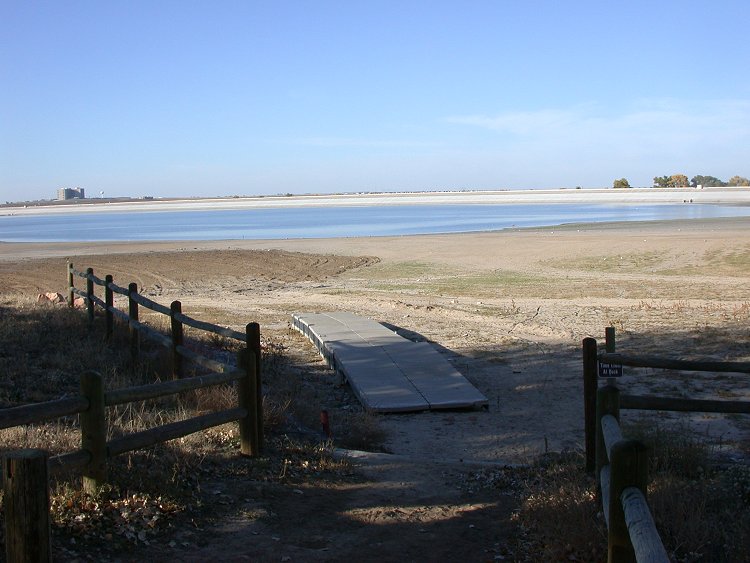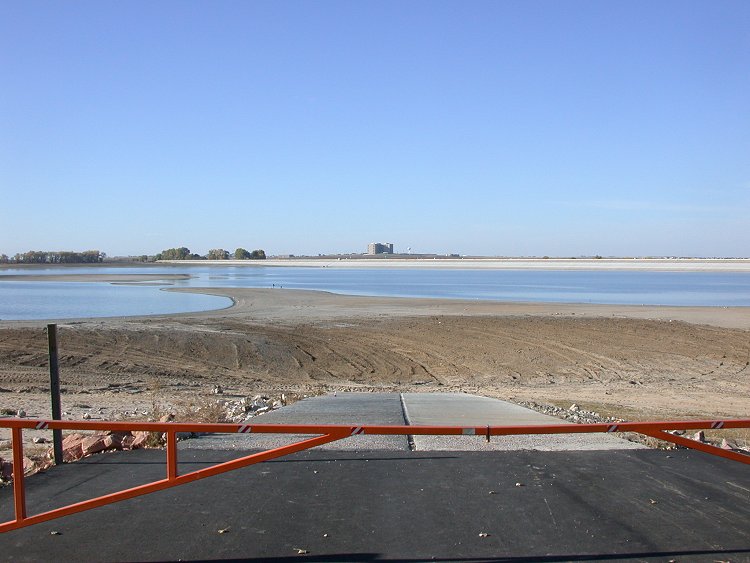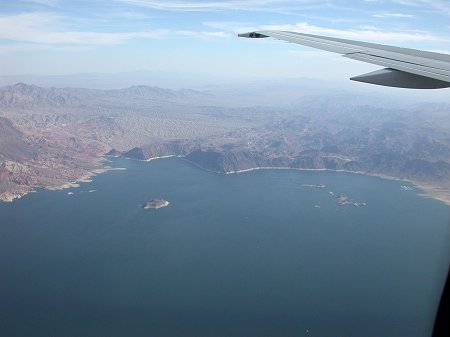 |
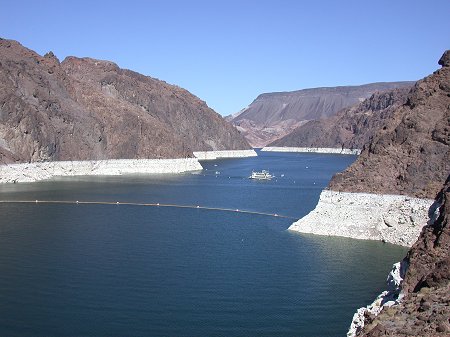 |
|
Note the white ring around the lake. |
rock area that is normally below water, but is now exposed. Click HERE or on the above photo to see a much larger version. |
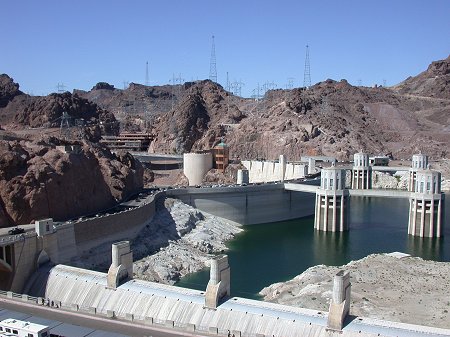 |
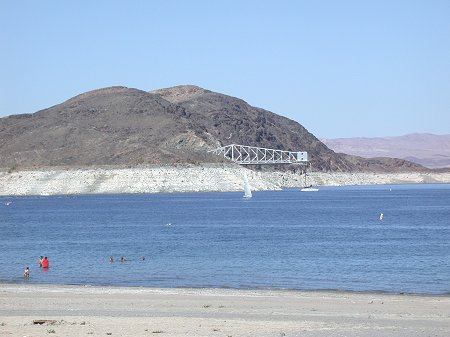 |
|
the bottom of the photo and the white ring on the dam wall. Although the lake level is at its lowest in years, electrical production is unaffected. Click HERE or on the above photo to see a much larger version. |
of Las Vegas, NV. This structure had to be moved due to the dropping level of Lake Mead and is one of several drought related expenses. Click HERE or on the above photo to see a much larger version. |
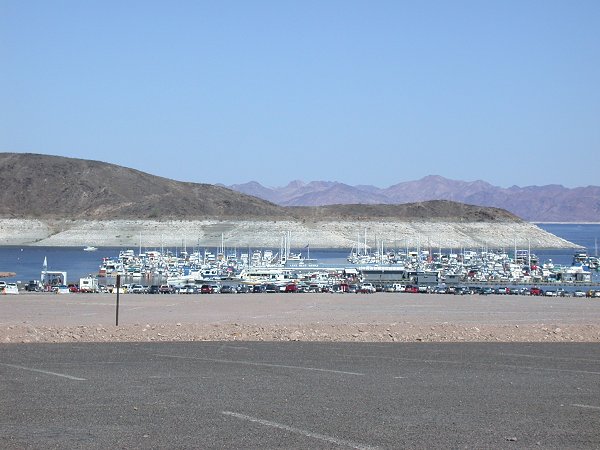 |
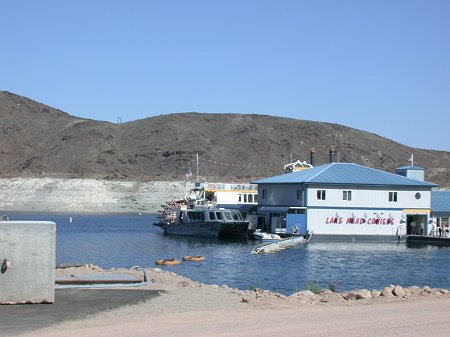 |
|
built and extended out onto the exposed lake bed due to the dropping elevation of the lake. |
the marina, regrading parking lots, moving sanitation facilities and lost revenue from decreased numbers of visitors. |
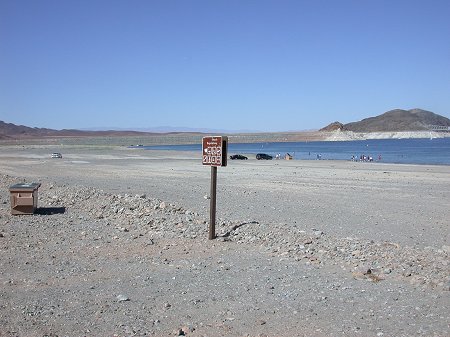 |
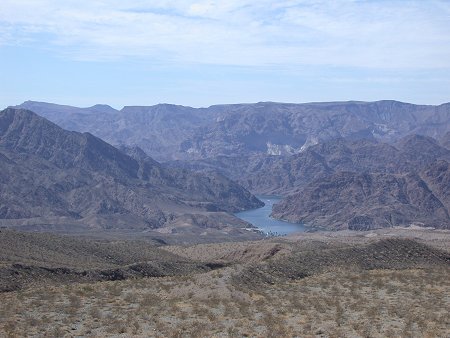 |
|
way up to within a few feet of the sing seen in the foreground. The shoreline has receded well into the distance. |
above photo to see a much larger version. |


